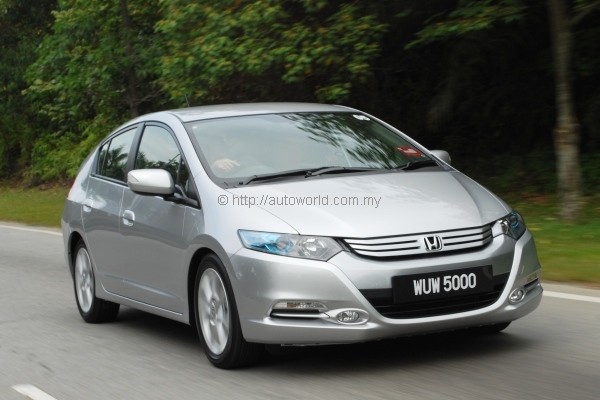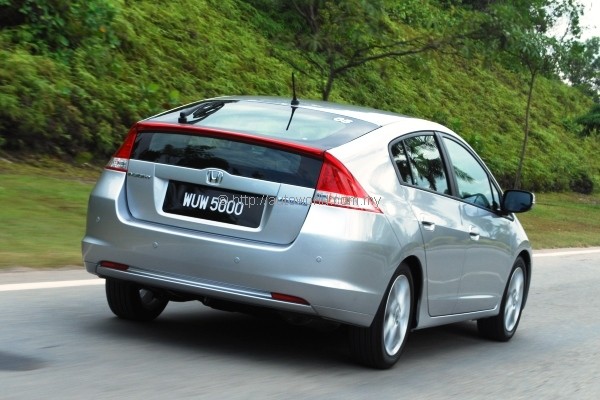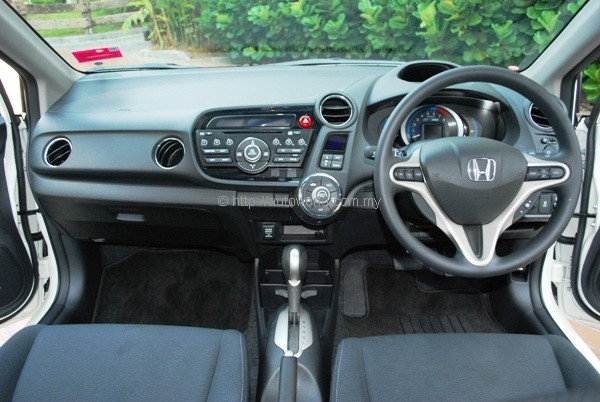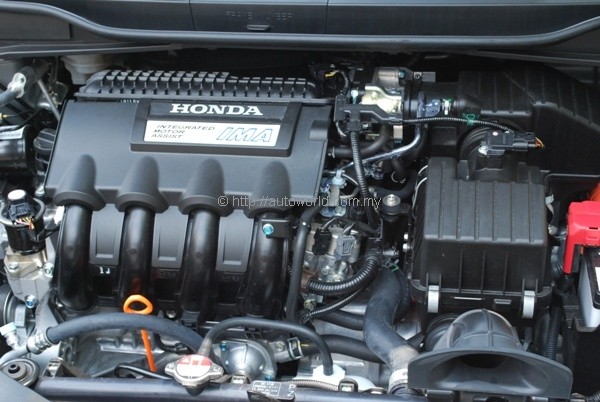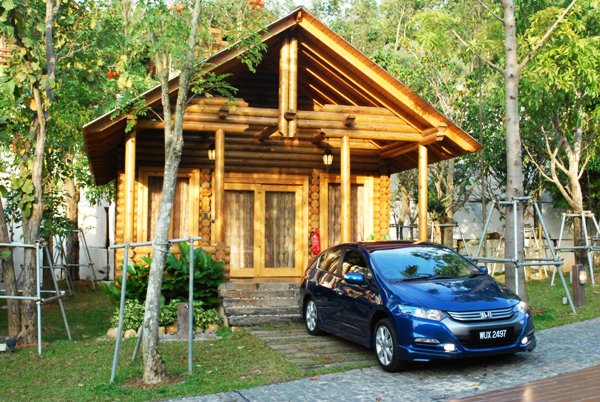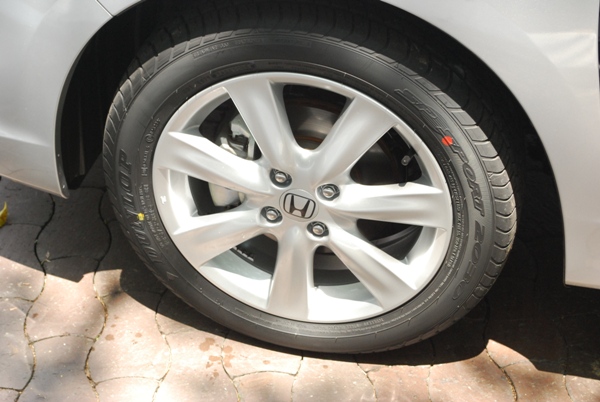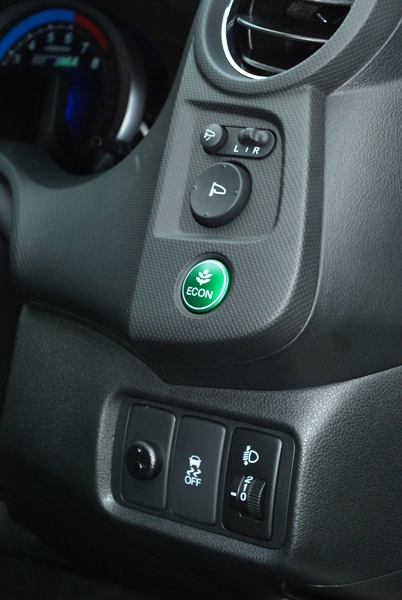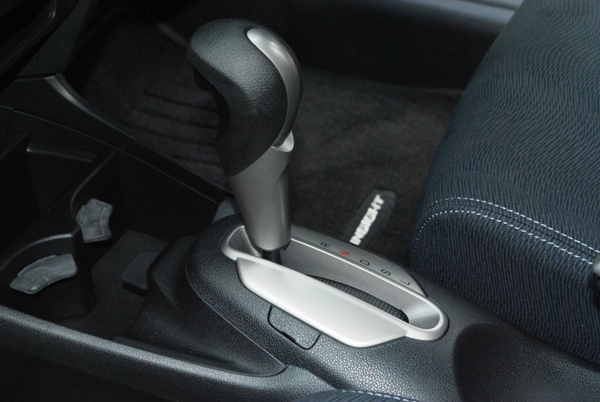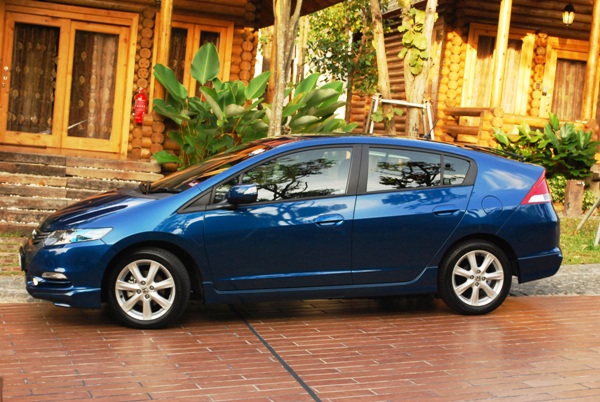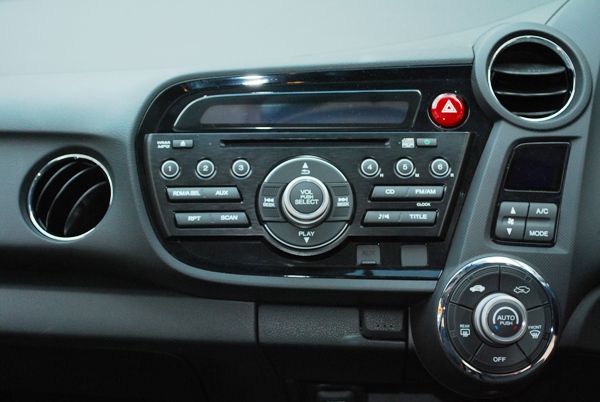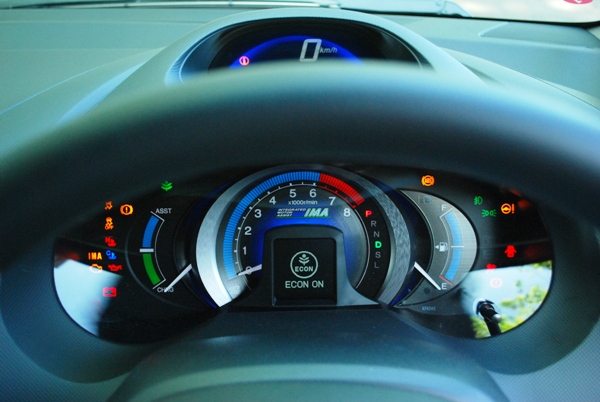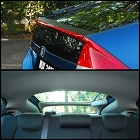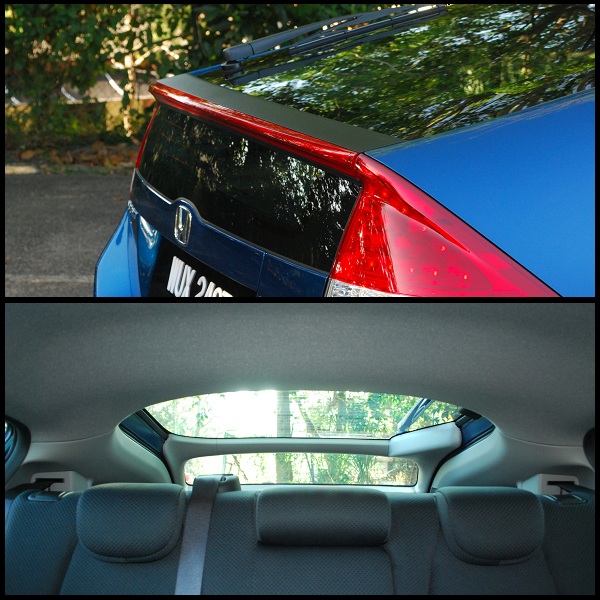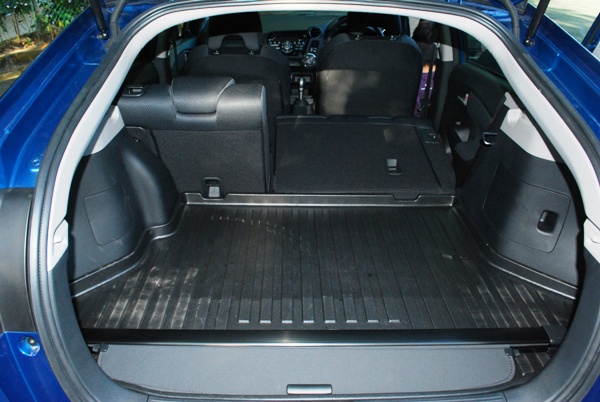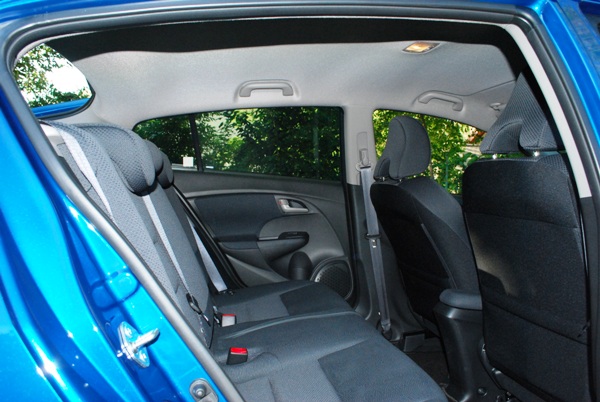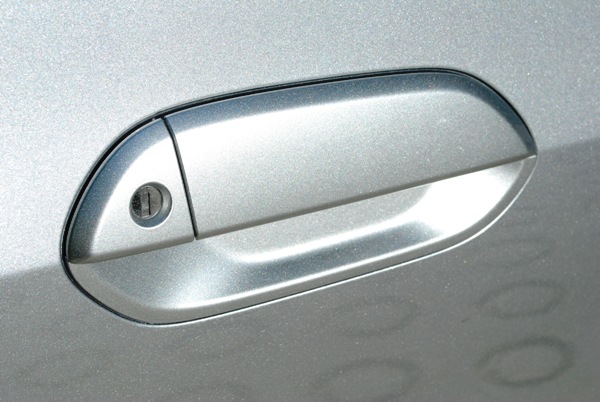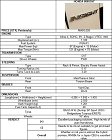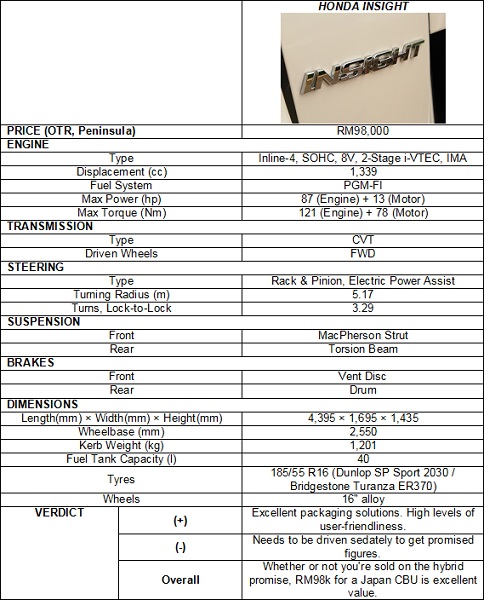Honda Insight – Affordable green credentials
One of the biggest talking points of the 2011 Budget was that hybrid vehicles are to be given full exemption of import and excise duties. When you consider how exorbitantly taxed our cars are, the implication of this announcement becomes immediately clear – affordable hybrid cars.
UMW Toyota Motor made the first move by immediately slashing RM35k off the Prius’ price tag, and Honda Malaysia quickly followed suit with a RM21k reduction in price for the Civic Hybrid. The two giants were not done there – UMW is set to unveil the Lexus CT 200h soon at sub-RM200k prices, while Honda launched the Insight at last year’s KL Motor Show with a price tag of RM98k including insurance.
That is an attractive price tag on two accounts – it is the cheapest hybrid car in the market, and it is also the cheapest passenger car in the market that is fully imported from Japan. Even within Honda Malaysia’s own lineup, the Insight immediately renders the Jazz completely redundant.
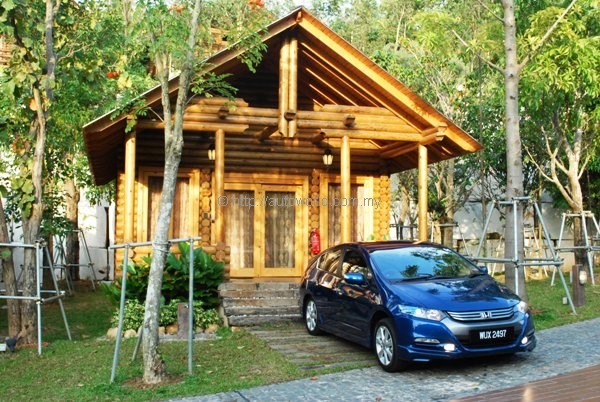 |
| The Insight makes hybrid technology more affordable to the masses. |
The Outlook
Although Honda Malaysia launched the Insight in December and has been collecting bookings since then, the first shipment didn’t reach our shores until recently. Showrooms only received their demo cars on 15 February, which was when delivery commenced. The Civic Hybrid will be discontinued soon. There are still units in stock, but once they run out, there won’t be new shipments coming in.
It was also revealed to us that for 2011, Honda Malaysia received some 4,250 hybrid car APs from the Government, so that is the maximum number of Insights that Honda will be able to sell for this year. There is talk that the CR-Z, which was actually displayed at the Kuala Lumpur International Motor Show last year, will arrive, but nothing is being substantiated at the moment.
The Hybrid Package
The Insight’s shape and hybrid powertrain naturally invites comparisons against Toyota’s Prius, which is neither very fair nor very appropriate, not least because the Prius carries an almost RM40k premium over the Honda. That price difference is very visible on the specs sheet because the Toyota Hybrid Synergy Drive is vastly more advanced that Honda’s more rudimentary Integrated Motor Assist setup.
However, there is a good reason for this discrepancy, and it is because Honda designed the Insight from the outset to be an affordable hybrid car. This simplicity in its technology allows Honda to keep the Insight’s price down and put hybrid technology within touching distance of B-segment buyers, as opposed to the Prius which sits, price-wise, between the C and D-segments.
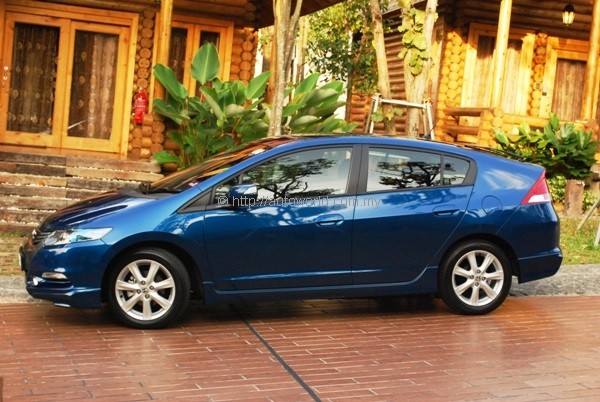 |
| Side profile is similar to the Toyota Prius, but those two cars aren’t exactly of the same kettle. |
For propulsion, Honda opted to use the parallel hybrid system which they have grown familiar with. It is the same setup as per the Civic Hybrid, which sees a 1,339cc SOHC i-VTEC combustion engine paired with an electric motor providing 13 horses worth of assist, and it must be emphasized that ‘assist’ here is the operative word, as the combustion engine remains active almost all the time when the vehicle is in motion.
There is a very specific set of circumstances that allows for electric motor-only drive, but that’s not likely to happen too often as you’ll need to be coasting on perfectly flat land. An auto start/stop feature turns off the combustion engine when the car comes to a full stop, but the engine automatically restarts should the gear lever be moved away from ‘D’ or should the driver release the brake pedal.
Electricity supply for the motor is managed by a newly-improved Intelligent Power Unit (IPU), that is made 19% smaller and 28% lighter compared to that used in the Civic Hybrid. The unit is designed to last the lifetime of the car, but in the event that an unfortunate accident happens and requires that the batteries be swapped, Honda Malaysia informed us that replacement costs inclusive of labour ‘will be less than RM10,000′.
The IPU’s reduction in size brings about benefits in packaging, and once again Honda demonstrates its unparalleled talent in maximizing available space. They’ll pack an elephant into your kitchen fridge given the chance.
In the Civic Hybrid, the IPU is placed behind the rear seat rest, which necessitated the use of fixed seat backs. For the Insight, Honda relocated the IPU to sit below the boot floor just ahead of and slightly below the spare tyre well, thus positioning it just between the rear wheels – an arrangement only made possible by the use of a H-shaped torsion beam, where the torsion beam is mounted forward from the wheels’ rotational axes, being fixed to the midpoints of the rear suspension trailing arm. The 40-litre fuel tank is then placed under the rear seats, just forward of the torsion beam.
Note that the above arrangement did not call for any groundbreaking solutions, just ingenious use of available space, but the results were very useful indeed. With the rear seats up, the Insight has 400 litres of useful cargo space (three golf bags, by Honda’s estimation) and when the 60:40 split folding seats go down, there is a 584-litre flat floor cargo area to make use of.
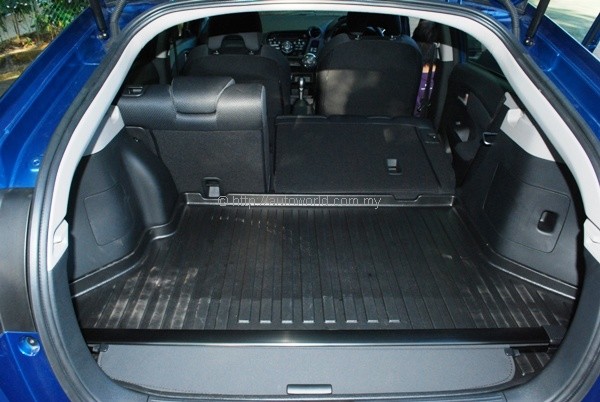 |
| Honda’s expertise in packaging comes to the fore. Cargo volume is generous. |
Teaching You to Drive
All the fuel saving technologies in the world will not help reduce your visit to the pumps if you do not drive your car with the right techniques, and in the Insight, Honda provides you with all the relevant tools not only to help you keep fuel costs down, but also guide you to the best way to go about it.
Helping you to get the best mileage out of your Insight is the Ecological Drive Assist System, or Eco Assist for short. It is essentially an interactive tool which allows the driver to monitor how eco-friendly his or her driving patterns are. Back-lighting of the digital speedometer changes in colour from green indicating fuel-efficient driving to blue indicating uneconomical driving.
Also in the Eco Assist system is a scoring function, which further encourages eco-friendly driving by awarding ‘scores’ to drivers. The eco ‘scores’ are displayed to the driver as leaves and more eco-friendly driving are rewarded with more leaves. The psychology at work here is similar to how you get your kicks playing a video game, the reward may be virtual, but no less satisfying. The system tracks your driving style on a cumulative basis, so over time, you can ‘play’ your way to becoming an ‘eco-champion’. Be warned though, don’t get too fixated with the game; pay attention to the road as well.
To further help the driver achieve his or her best possible mileage, he or she can activate the Effective Control mode, or ECON mode, which prompts the on-board computer to optimize control of the CVT, engine output and ancillaries to give the best possible fuel consumption.
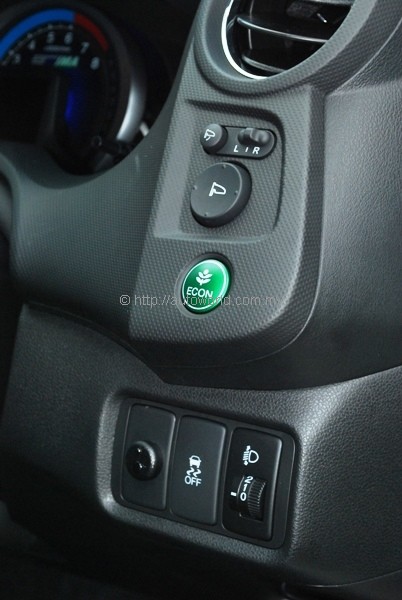 |
| Econ button further heightens fuel-saving measures. |
The Other Stuff
Okay, so we have established the Insight’s credentials as a member of the green brigade, but how does it fare as a day-to-day driver? Well, things get off to a good start on the equipment list with auto operation for the headlights, wipers and climate control. The steering wheel has buttons – a perennial plus point for this writer – operating audio and cruise control.
The Insight’s cabin architecture appears to be a fusion of elements from the Jazz and the Civic, which is no bad thing. The centre stack is clearly inspired from the Jazz, being placed in close proximity to the steering wheel within easy reach of the driver. Furthermore, the overall layout is also very logical and extremely easy to operate.
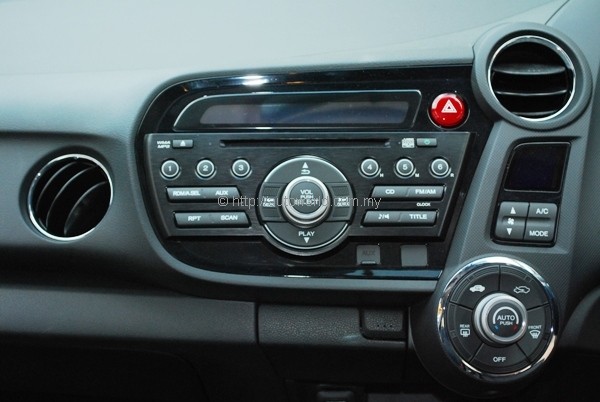 |
| Centre stack is extremely easy to operate |
Safety gear is headed by the standard electronics, namely ABS, EBD, BA, and VSA. Front passengers are further protected by dual frontal airbags and active head rests. At the rear, all three passengers get individual head rests and three-point belts. ISOFIX mounts allow you to keep the young ones secure.
Euro NCAP has tested the Insight and rated it to 5 stars, but unlike many other manufacturers, Honda Malaysia has resisted the temptation to advertise this, and for good reason – the Euro NCAP 5 star Insight has side airbags which we don’t; but to put your mind at ease, it also implies the sturdiness of the Insight’s chassis on impact.
In addition to the standard stuff, Honda also offers the Insight with a couple of accessories packages for owners to specify. First of them is the RM4,800 Package Alpha which is essentially a set of skirts all-round. The other one, Package Beta, is a bit more useful, with a trunk tray to go with side step garnishes, foot lighting and sports pedals at RM1,110. The Blue test car (WUX 2497) you see in our pictures are specified with both these packages.
Conclusion
Just after it went on sale, Honda Malaysia invited us to participate in a media test drive of the Insight. Participating journalists were able to manage consumption figures exceeding 20 km/l (or 5.0 l/100km if you prefer) as calculated by the on board computers of the test cars.
Although the numbers sounded impressive, they were achieved under extremely sedate driving (we’ll explain it in the next article). Driven normally, but with promptings from the Eco Assist system, we predict the average user to clock in the region of 17-18 km/l.
At RM98,000, the Insight makes a compelling case for both the eco-mentalists and the average user considering options in the upper B-segment. Honda’s hybrid technology may not hold a candle against Toyota’s, but the Insight makes a case for itself with a well-laid out cabin and boasting superb packaging solutions; and it is fully imported from Japan.
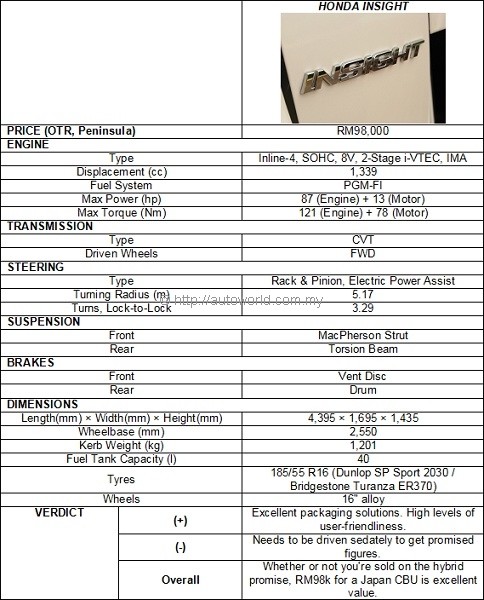 |




